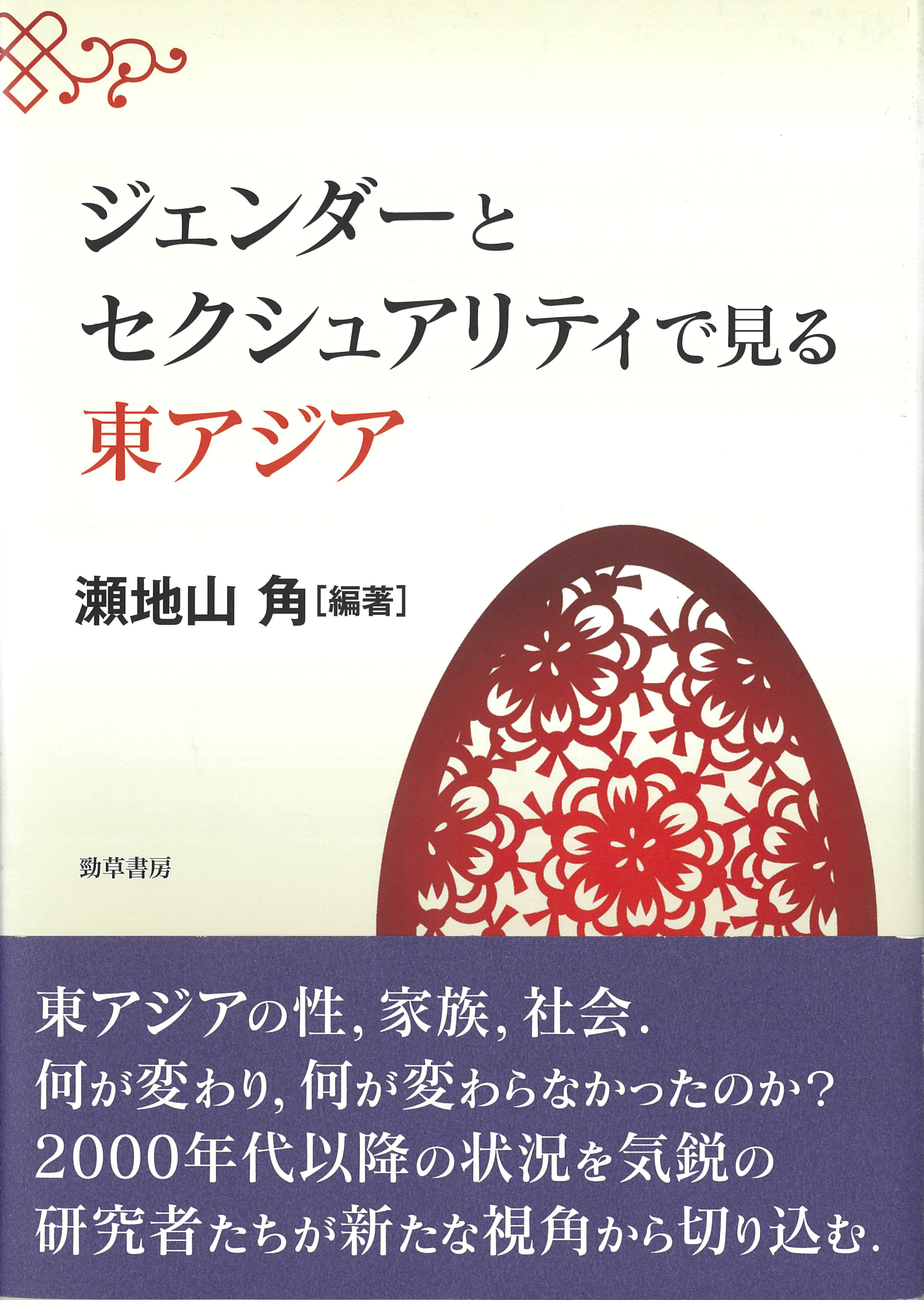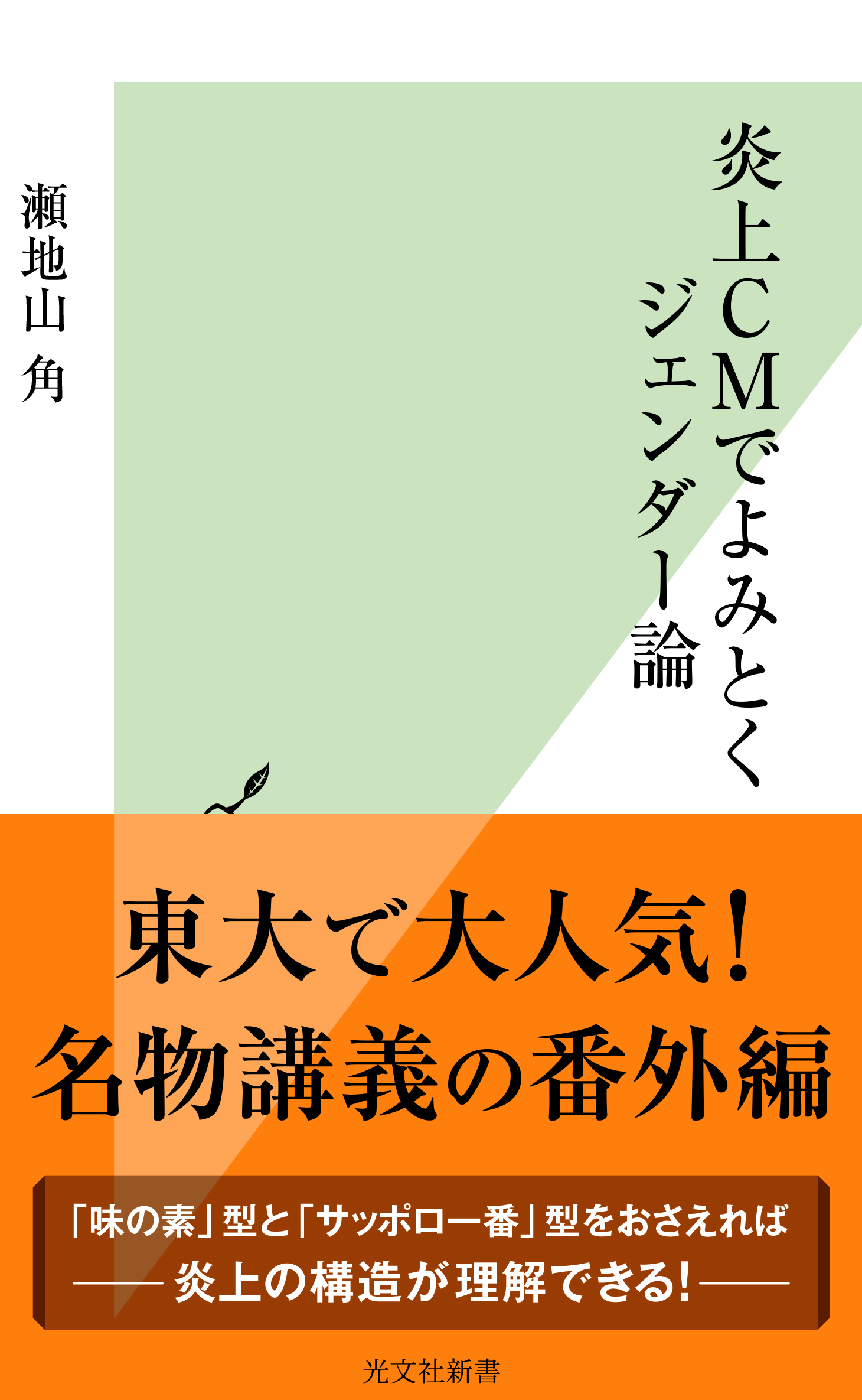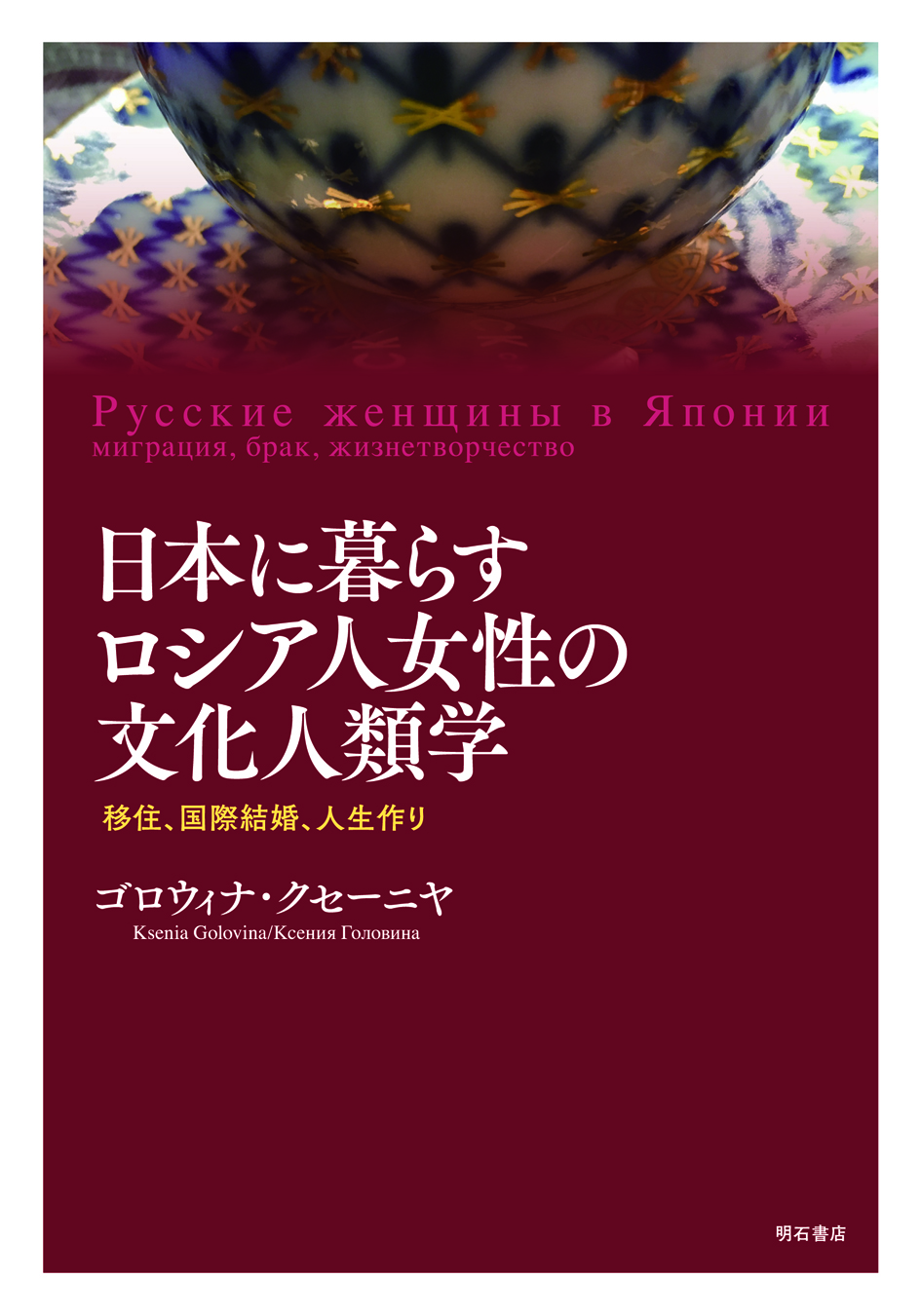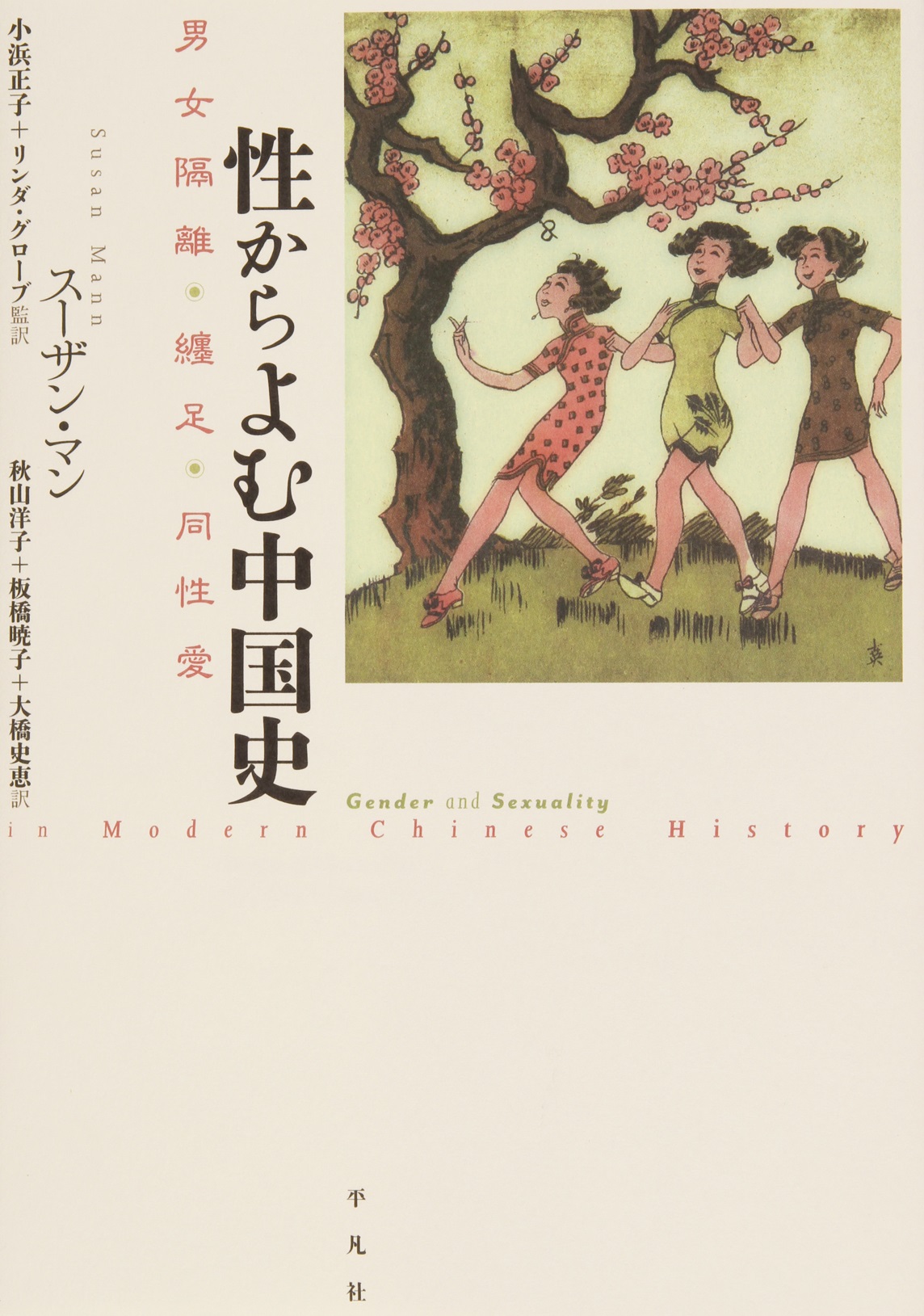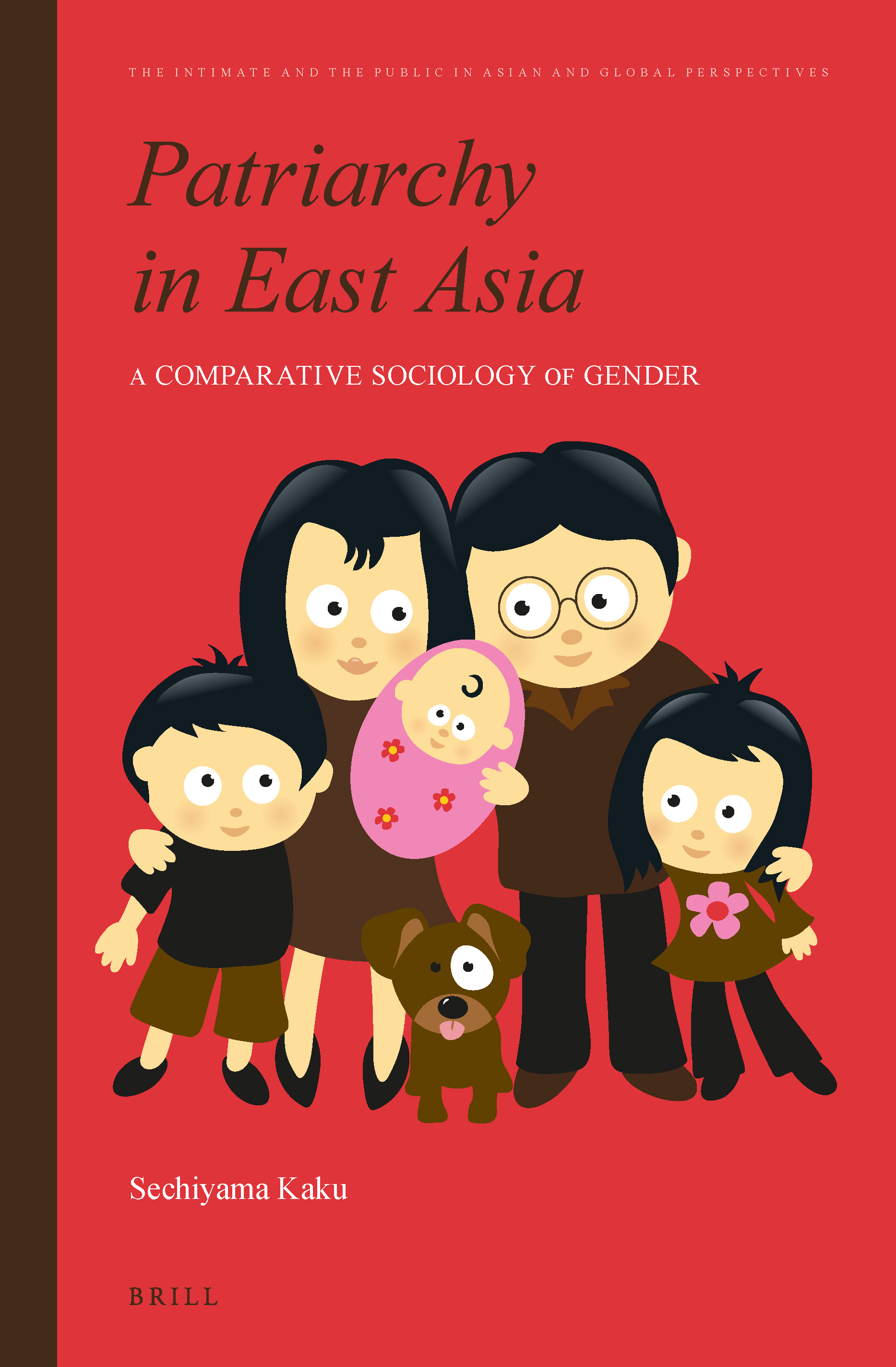
Title
Patriarchy in East Asia A Comparative Sociology of Gender
Size
332 pages, paperback
Language
English
Released
March 13, 2015
ISBN
978-90-04-28198-1
Published by
Brill
Book Info
See Book Availability at Library
Japanese Page
This book can be briefly described as a comparative sociological study of labor patterns among women and the elderly in East Asian societies. Women typically leave work when they have a baby and rejoin the labor market some time later, often as part-time workers. This so-called M-shape labor is a working pattern arouse after Japan’s rapid economic growth. Still today, quite a few people in Japanese society think that this is “normal.”
In this book, we compare how women and elderly citizens engage in work in East Asian countries (Japan, South Korea, Taiwan, China, and North Korea), also taking into account comparison with examples from the West. While men are difficult to compare as they are always expected to have jobs, situations for women and elderly people are more diverse. The M-shape working pattern is observed in South Korea as it is in Japan, but mothers are primarily responsible for supporting their children to enter universities, which is very different from Japan, where the phenomenon of the “three-year-old myth” is still strong, while in Taiwan, the notion does not exist that mothers need to stay with their babies during the early stages of infant development. Women with higher education can proportionately join the labor market in Taiwan, which is not the case in South Korea. Japan takes a position somewhere in-between.
Meanwhile, labor power provided by the elderly is extremely low in Taiwan, unlike in Japan, a “strange” society in that not a few old people consider that staying active in the labor market is good for health.
These differences are not bound by socio-political systems: Taiwan and China are similar in that mothers parenting their babies are not the norm, and elderly citizens avoid working; both Koreas have a strong sense of gender-based roles. Therefore, in North Korea, unlike in China, many women stop working after marriage despite its being a socialist society.
These phenomena cannot be explained in terms of political policies or economic standards. It is rather like a cultural norm. The customs unique in Chinese culture, or the culture on the Korean peninsula, are the influential factor that reaches beyond the boundaries of social regimes. East Asian societies is sometimes homogenized under such concepts as Confucianism, but it comprises societies of diversity seen from the perspective of gender, which in turn highlights the “peculiarity” of Japanese society.
There are countless comparative studies on East Asian societies, of which gender studies are only a part, yet it is difficult to interpret the differences, for instance, found between Japan and China, that is, to identify whether the differences are attributed to social systems, economic development levels, or customs and norms. There are studies comparing Japan, China, and South Korea, but they tend to be statistically-oriented comprehensive studies on OECD member states or something similar, or otherwise compilations of papers contributed by several researchers.
There is also a large body of area studies focusing on China, Taiwan, and South and North Korea. It is impossible to conduct a study in this field without being conversant with the language, culture, and society of respective regions. For this reason, not many studies take a cross-area approach. While many researchers address comparisons between China and Taiwan, the number of researchers who take to comparing Taiwan and South Korea in an area study is extremely low. Even including papers written in English-speaking countries, only a very few studies conducted by a single researcher address Japan, South and North Korea, China, and Taiwan, comparing them consistently in the same framework by scrutinizing sources concerning each society. This book is thus a rare attempt to integrate comparative sociology and area study.
(Written by SECHIYAMA Kaku, Professor, Graduate School of Arts and Sciences / 2018)
Table of Contents
Introduction: Toward a Comparative Sociology of Gender
Part One
1. What is Patriarchy?
2. The Emergence of the Housewife and Transformations
Part Two
3. The Japanese Housewife and Patriarchy
4. Contemporary Patriarchy and the Housewife in Japan
Part Three
5. South Korean Patriarchy
6. Taiwanese Patriarchy
7. Patriarchy in North Korea
8. Patriarchy in China
9. Recent Social and Political Changes in East Asia
10. Conclusions



 Find a book
Find a book


 eBook
eBook
